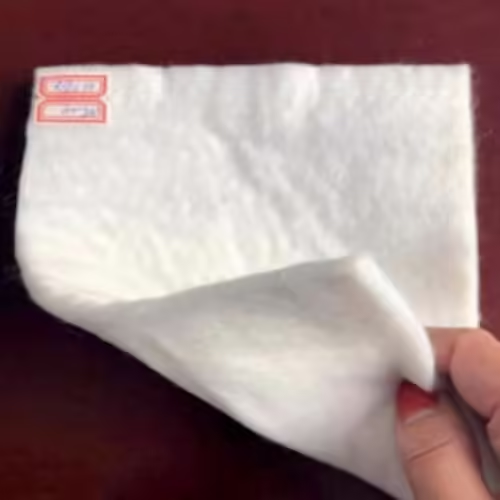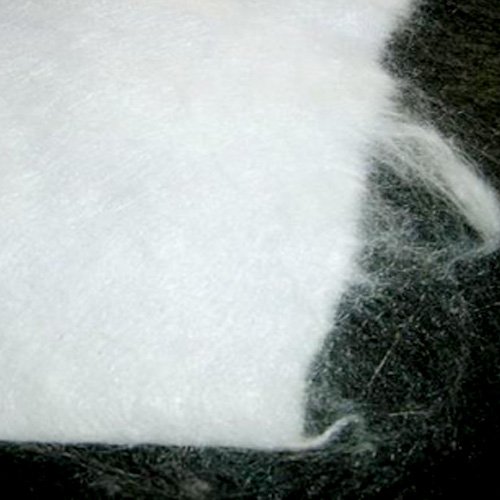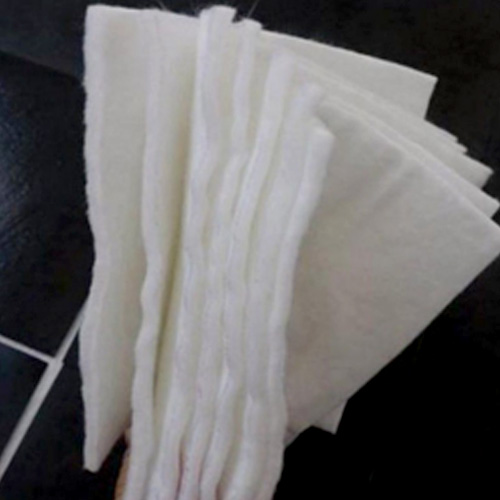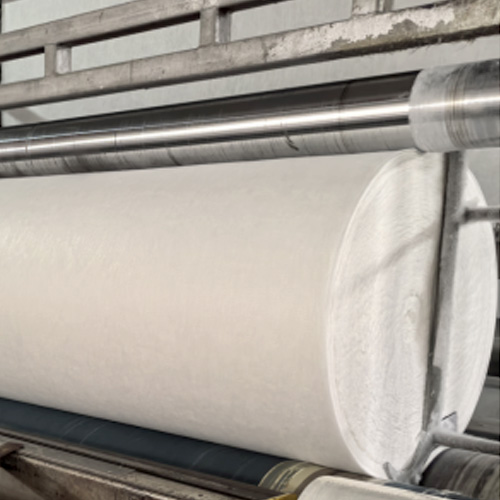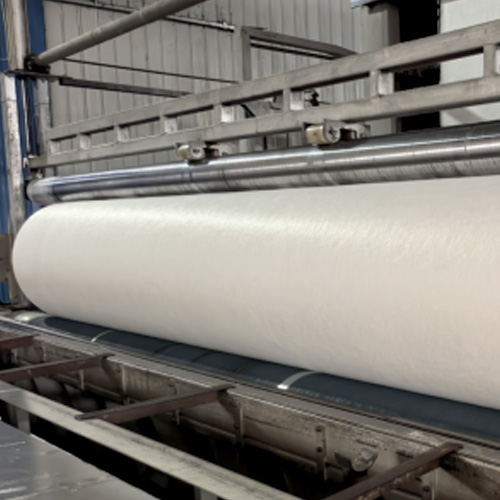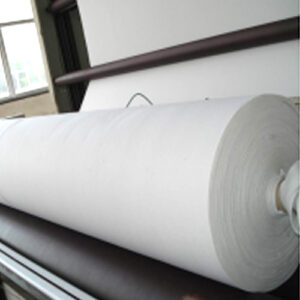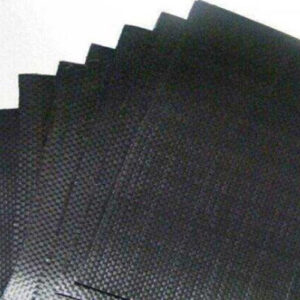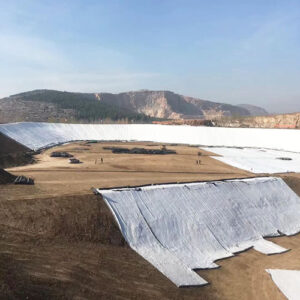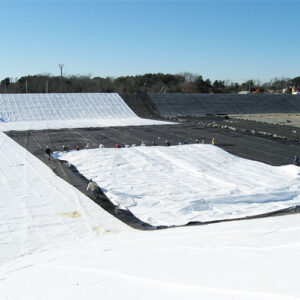| Modelo NO. | Geotextil de filamento continuo | Color | Personalizable |
| Certification | CE ISO | Feature | Corrosion Resistant, Oxidation Resistance, Wear Resistance |
| Material | pp/pet | Amable | Non-woven |
| Width | 2m-6m (as Customrized) | Length | 30m, 100m or Customized |
| Weight | 100-800GSM | Standard | ASTM or customer requirements |
| Geotextile Type | Non-Woven Geotextiles | Paquete de transporte | Inner Pipe + Outside Woven Bag or Film |
| Origen | China | Marca | EcoGeo |
Product Feature
2.Balanced permeability and filtration: Uniform pores between fibers enable efficient drainage while retaining soil particles to prevent loss, combining water seepage and filtration functions.
3.Strong environmental adaptability: Core materials (e.g., polyester filaments) feature excellent aging resistance, chemical inertness, and weatherability, maintaining long-term performance stability in complex soil, water, and climatic conditions.
4.Excellent structural integrity: The continuous filament structure, formed via processes like spunbonding and needle-punching, resists shedding or breakage, ensuring functional completeness during construction and use.
Detailed picture
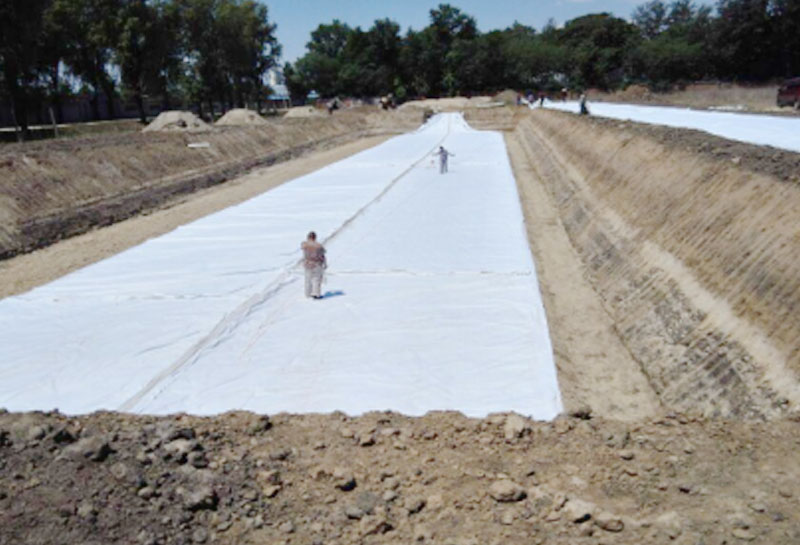
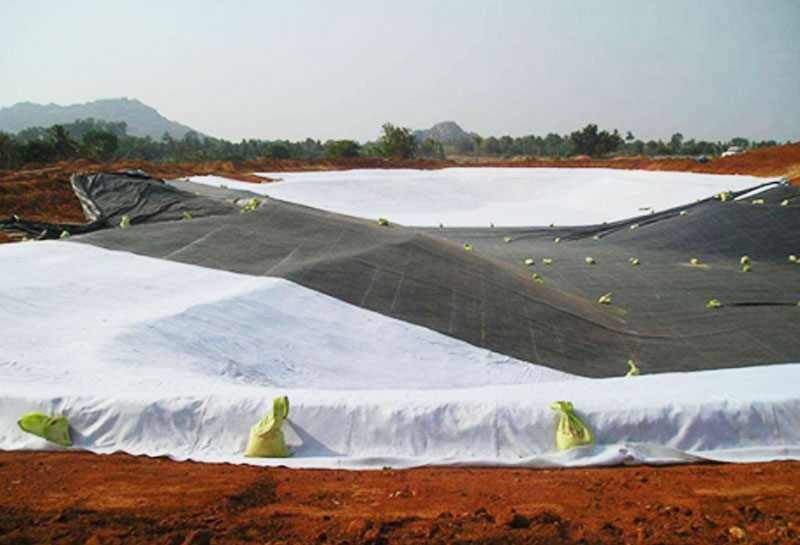
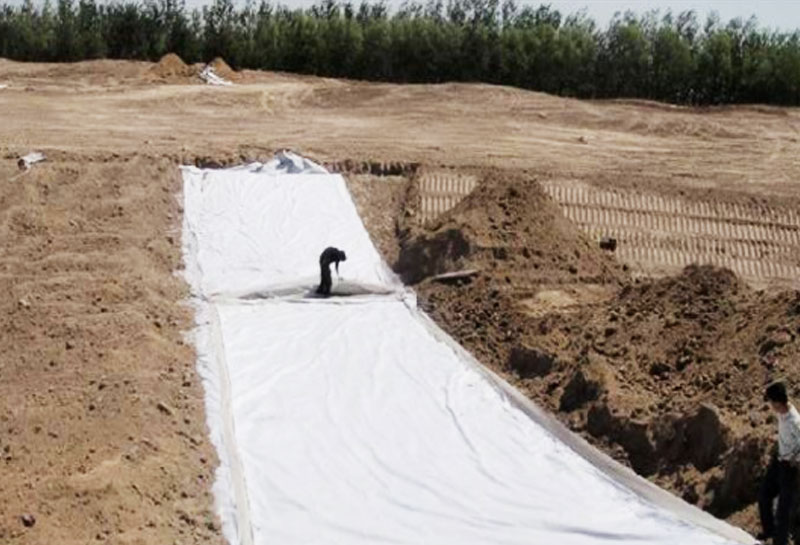
Application Diagram
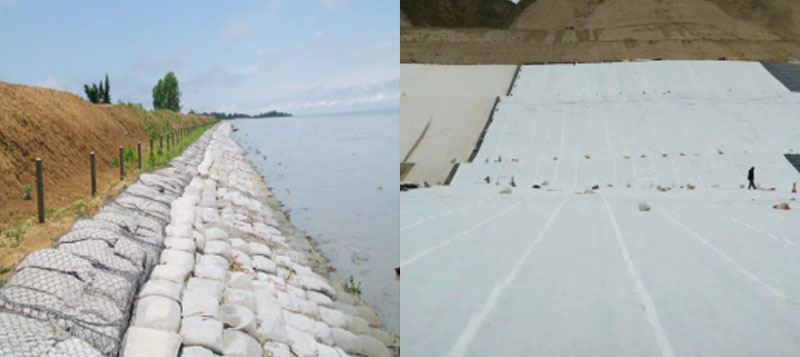
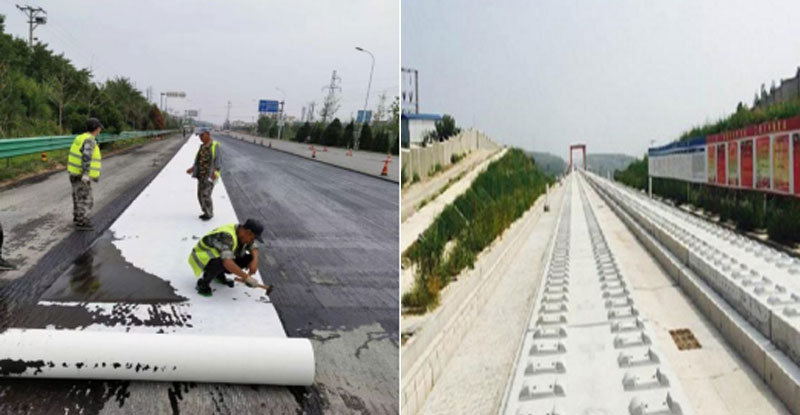
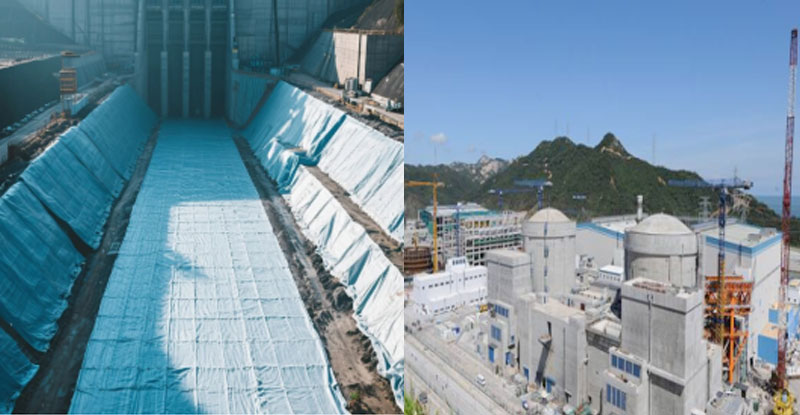
Packaging and delivery
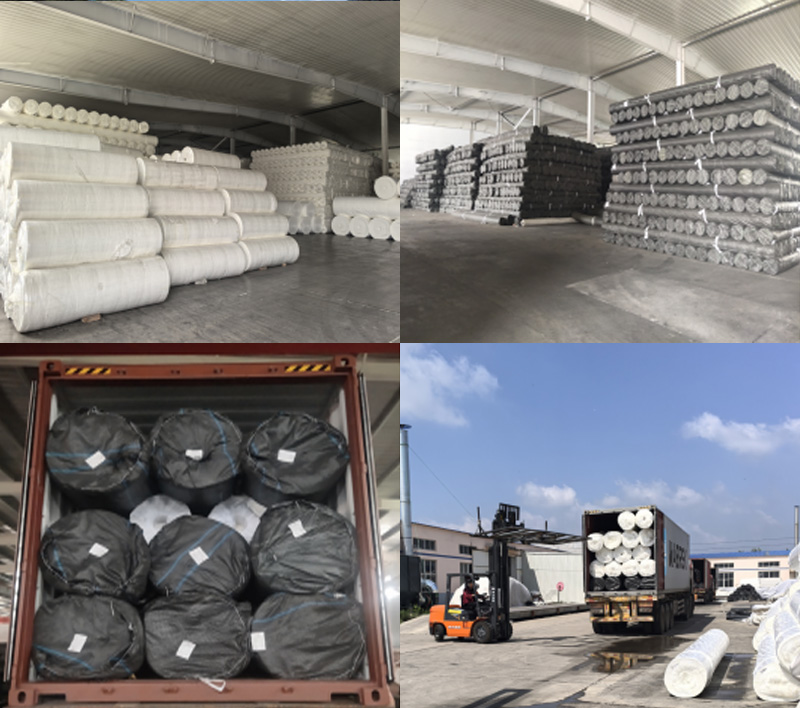
Packaging method: plastic film, plastic woven bags, or packaging designed by the customer.
Preguntas frecuentes
The core material of Continuous Filament Geotextile is polyester (PET) continuous filament, made from high-molecular-weight polymers. The fibres are formed through melt spinning and stretching into continuous long fibres, then processed into the final product via needle-punching or weaving techniques.
Key differences from staple fiber geotextile:
Fibre length: Filaments are continuous fibres (typically ≥100 mm in length), while short fibres are cut into short lengths (20–50 mm);
Performance: Long-strand geotextiles offer superior tensile strength, tear resistance, and abrasion resistance, making them suitable for high-strength engineering applications (e.g., highway subgrade reinforcement). Staple fiber geotextile are more cost-effective, have slightly better permeability, and are suitable for general waterproofing or filtration applications (e.g., agricultural water conservancy).


